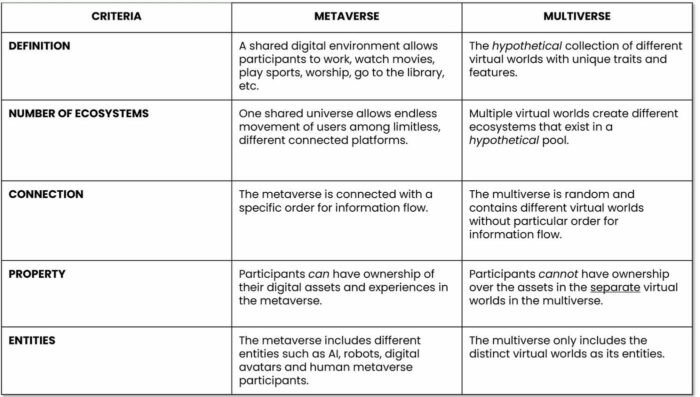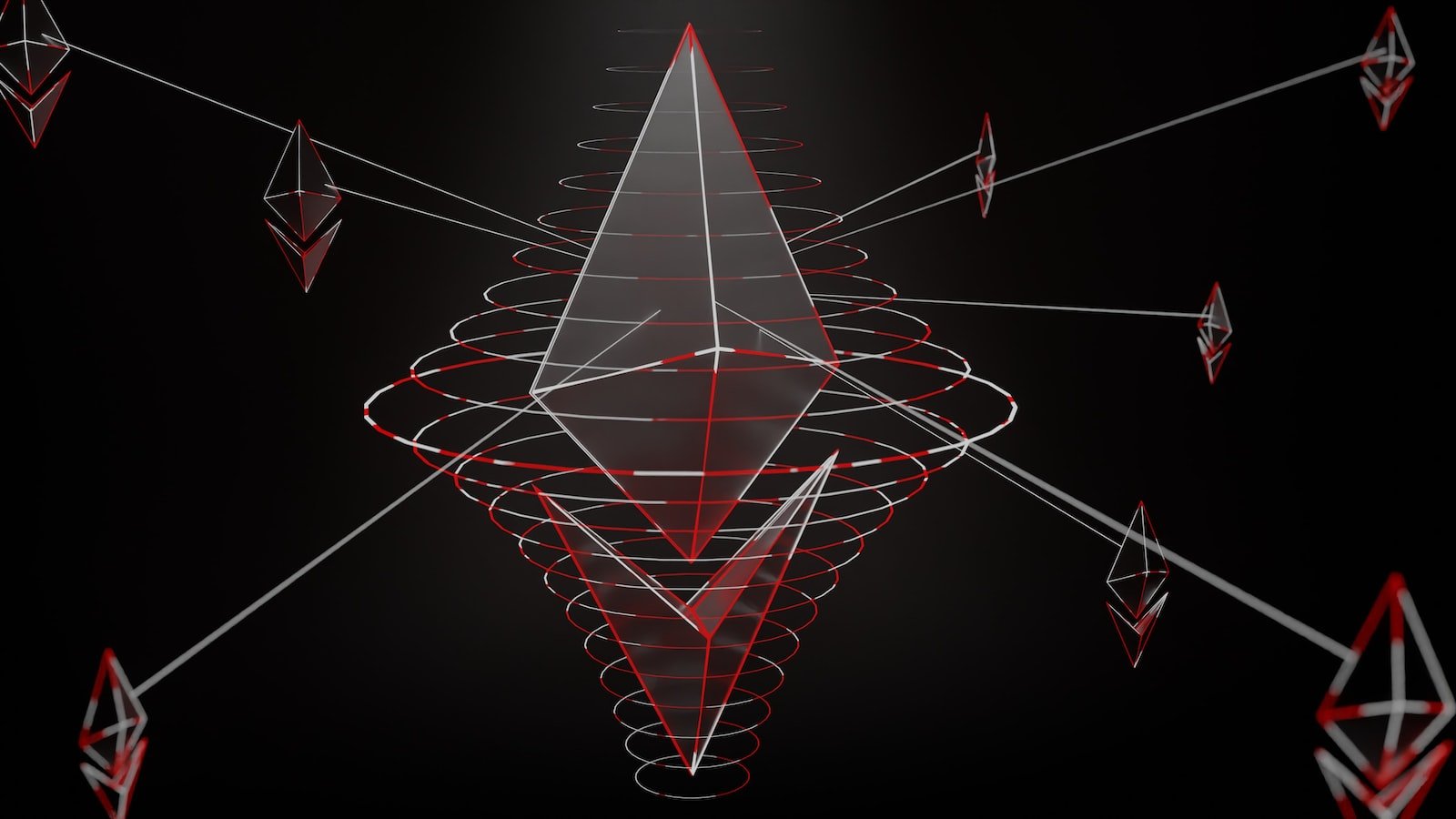An Ode to Multi-User Dungeons (MUD’s)
I found my way into my career as a technologist, building experiences and helping to define the #phygital marketing technology stack deliberately.
In the autumn of 1987, I sat at a computer with a 1200 BPS dial-up modem. I was dialled into CompuServe’s latest offering, “British Legends”, more commonly known as “MUD1” or Multi-User Dungeon One. This was my first experience with other people in a virtual or synthetic world – this was not simply a game. And it was transformative.
The original MUD is a program by Roy Trubshaw and Richard Bartle written at the University of Essex. MUD is a multi-user evolution of “#Zork,” a famous, early, text-based computer adventure. After Trubshaw graduated, Bartle continued the project. When the University of Essex connected to ARPANET – the precursor to the Internet, the world changed forever. MUD became the world’s first multiplayer online role-playing experience. “BritishLegends”, the American version, launched on #CompuServe and lasted until 1999, when it was eliminated as part of the Y2K cleanup.

If you aren’t familiar with or haven’t heard of a MUD:
MUDs are text-based virtual worlds. They combine features of role-playing, interactive fiction, and online chat. Participants can read or view descriptions of rooms, objects, other participants, non-player characters, and various activities performed in the virtual world. Participants typically interact with each other and the world by typing commands that resemble a natural language.
When I entered the MUD, I understood I was doing something new and profoundly important. I was connecting with other people in a virtual world, and we were experimenting with identity and personality in new ways. We discovered a new world with emergent rules and properties like our physical reality. It was real-time, and it was persistent. I could hang up the phone, go to school, eat dinner, and come back later; the world was still there. I discovered a portal into a new reality.
What I was experiencing felt like powerful magic. And I decided to dedicate myself to learning how the magic of virtual worlds works. So, I embarked on a journey to understand and evolve technologies to create and enhance an experience.
Is the metaverse a game?
Recently, noise has been echoing off metaverse media investments by marketing and advertising holding companies and brand marketers. Grumpy editorials, podcasts and slide decks are appearing around the idea that the metaverse is just gaming.
Contrarians point to statistics and research about anyone doing anything in a virtual world and claim they are just gaming or gamer stats. The negative mantra seems to be, “There’s no metaverse – only gamers and games.” That’s not true. I don’t believe it, and neither should you.
There is a metaverse. And it’s more than gamers and playing games.
I find the message that there is no metaverse very disappointing. It is intentionally creating confusion in an already confusing space. It diminishes a synthetic or virtual world’s beauty, opportunity, and value. Moreover, it conflates games and gamers with activities that are not fundamentally gaming. Even if we stretch our definitions to Massively Multiplayer Online Role-Playing Games (MMPORG), the claim still doesn’t fit.
The Metaverse can have games – but it is not a game.
A game is a form of play or sport, especially a competitive one played according to rules and decided by skill, strength, or luck.
The Metaverse has no outcome.
#metaverse experiences have no definite result – unless they are intentionally a game. Today, the metaverse is a collection of experiences spread across various platforms, some connected, some not. Some – but not all of those are games. And not all those experiences are enjoyed exclusively by gamers.
But I share common ground with these “anti-metaversers” (for lack of a better moniker). The Metaverse (big-M) doesn’t exist today. Instead, we have metaverse (small-m) experiences manifesting as Multiverse. Those very much exist, and those are not all games.
Big-M and Little-m
When I refer to the Metaverse (big-M), I mean the conceptual Metaverse. We are in a period of rapid growth and development. And the Metaverse doesn’t exist in its final and ultimate form. We still have much work to do. But that work is much harder to accomplish by denying we are making any progress.
Today the metaverse (little-m) is a disconnected collection of experience pockets without all the attributes required to make it the conceptual “Metaverse.”

To be “the Metaverse,” the following criteria must be met:
- Scale
- Infinite capacity
- Small and large integrations
- Persistence
- No on or off switch or logging in or out.
- Interoperability
- No walled gardens and no single owner
- Endless opportunities for merging between platforms and new systems
- Value in one experience can compound into others
- Commerce or an Economy
- Buy. Sell. Build. Trade. Own.
- Exchange across platforms and depth to currency, e.g., NFTs, blockchain, crypto
- Accessible to audiences via retail/shopper channels
- Community
- Engagement and fandoms as a dominant social currency
- Connections
- Phygital
- Digital and physical
- Spanning all aspects of experiences and engagements
- Contributors and Co-Creators
- Content from individuals, informal groups, organisations and commercial enterprises
- Identity
- Avatars represent participants – individuals or brands in imaginative and relatable ways.
It will take some time before the technologies, behaviours, and policies meet those criteria and reach saturation. But that does not mean we do not have metaverse (little-m) experiences today. We do. And only some of them are games. In total, those experiences manifest as Multiverse.
Multiverse
By Multiverse, I do not mean the Marvel Comics property with characters like Iron Man, Thanos, Thor, Vision and the Scarlet Witch. I’m also not talking about Schrödinger’s concept of “superposition” as it applies to quantum physics. What I mean is disparate, dissociated, metaverse experiences. To achieve the Metaverse (big-M), the projects we build, deploy, and inhabit today should be extensible to become interoperable Multiverses.
These are hard and confusing things to understand. That is why detractors conflating the Metaverse, Multiverse, and games hurts the opportunities these technologies provide. This matrix helps explain the differences in all the rhetoric:

Ecosystems Define Experience
Today multiverse projects are largely confined to their ecosystems. Predominantly they are not focusing on information flow outside their ecosystem. But to be successful in the long term, these projects will need to operate in the decentralised Metaverse.
Value for the brand and the consumer comes from making metaverse projects interoperable. Meta’s “Horizon Worlds” is an example of a metaverse experience with a one-universe approach.
- It is a unified experience
- It provides limited agency within the project
- There is a single creator (Meta)
- The content is heavily censored
- The Horizon Worlds universe is a dictatorship
To achieve the big-M “Metaverse,” we must work towards a goal of decentralising metaverse and multiverse projects. To attempt to provide a unified experience with seamless interoperability. Avatars, cryptocurrencies, NFTs, tokens, or any digital asset of one metaverse project need the ability to exist in and connect to other projects. The transfer of value from one project to another should be viable. Until then, we should take a metaverse within a Multiverse approach.
Why This Matters
Throughout my life, Richard Bartle remained a kind of hero to me. Today he is a virtual world design consultant and a Senior Lecturer and Honorary Professor of Computer Game Design at the University of Essex. Richard has also published several wonderful books, including his “Designing Virtual Worlds”, which in 2003 was a remarkable text and gave a foundation to many of today’s world builders and designers.
And more recently, “How to be a God: A Guide for Would-Be Deities” in January of 2022 discusses the design realities and implications of building virtual worlds.
Recently, I reached out to Richard. I wanted to let him know that I am a more creative and positive human being because of his work. I didn’t know what to expect, and I doubted he would even respond. To my delight, I got a very gracious reply. Richard told me he “designed MUD to help people find their true selves.”
Richard told me he “designed MUD to help people find their true selves.”
That was my experience.
It’s cool when your heroes turn out to be the people you imagined.
Helping People Find Their True Selves
The #marketing technology stack has evolved remarkably since I first encountered “BritishLegends.” But the technologies that comprise the metaverse are not all new. The metaverse is a combinatorial innovation. And the technologies combined to form metaverse experiences are saturating.
As the global CTO of Momentum Worldwide, we have matured a practice of combining metaverse technologies. We help clients find ways to make deployment costs for virtual worlds affordable and metaverse experiences broadly available. And personally, it is very exciting to see brand, business and consumer adoption accelerating.
Recently, Momentum, in partnership with the 4A’s released new metaverse research.
The study included more than 4,500 people across seven countries, which resulted in two fundamental pools of people:
- The “accidentals” – are inadvertently using the metaverse through gaming platforms like Roblox and Fortnite.
- The “intentionals” – are specifically seeking metaverse experiences.
We focus on three metaverse pillars to connect with these pools: inspiration, self-expression, and connection. The research uncovered that accidentals and intentionals felt significantly happier after visiting the metaverse. Accidentals use virtual places to be inspired by others and find creative expression. Intentionals use the metaverse for personal development, to gain skills and to make money.
Negative sentiment about the #Metaverse – claims that it’s just a new name for old things, simply a game, or that it doesn’t exist, casts darkness and negativity on our future. The negativity misses opportunities to make the world better to connect people in new creative, and positive ways. To define new boundaries and create experiences that connect people. I was a kid on a dial-up modem, discovering a new world. Let’s continue to provide even better opportunities like that to people today. Let’s invent and enable metaverse experiences that deepen and enrich life. Let’s use the metaverse to help people find their true selves.
For more market insights, check out our latest Digital Twin news here.













